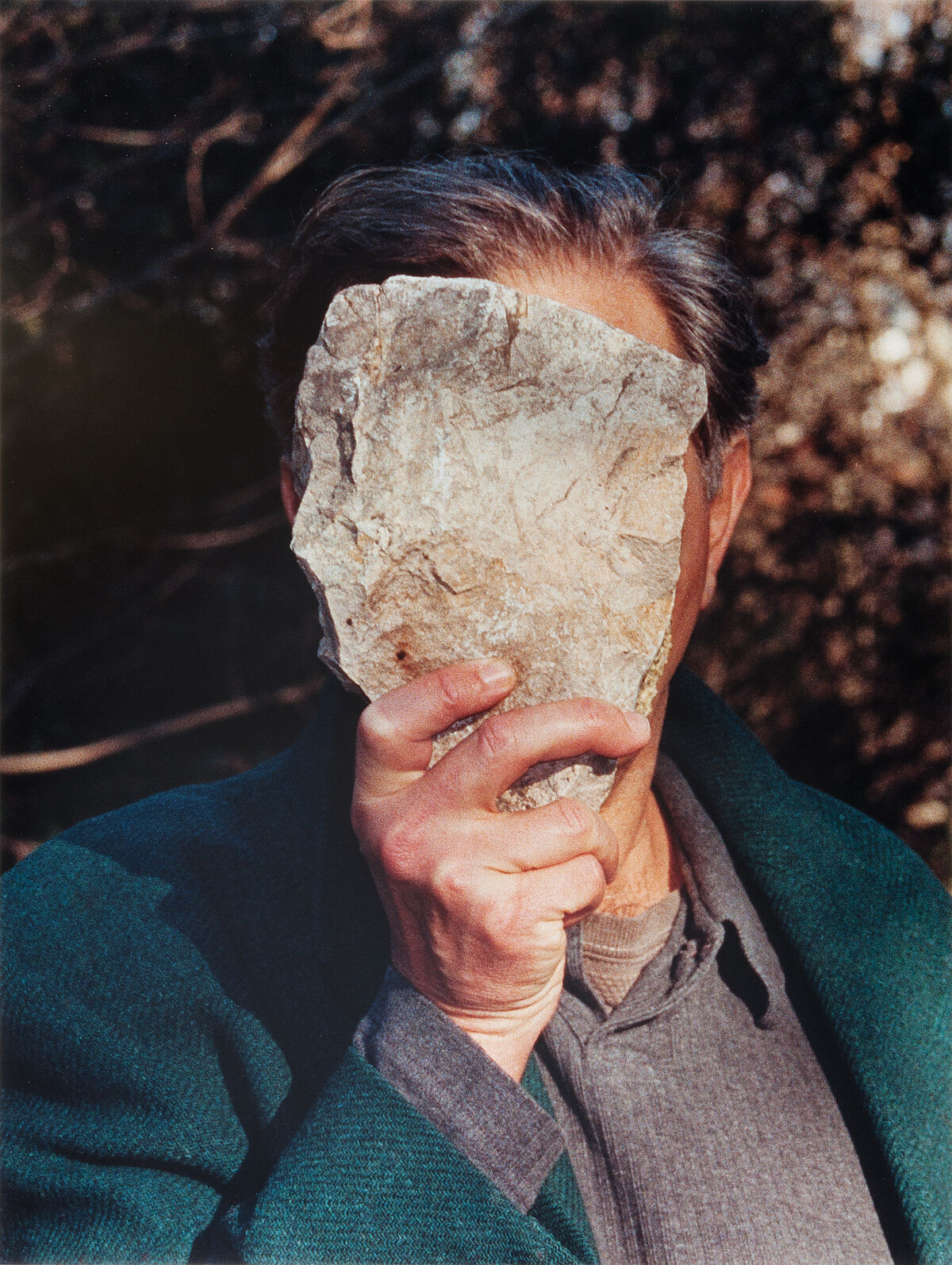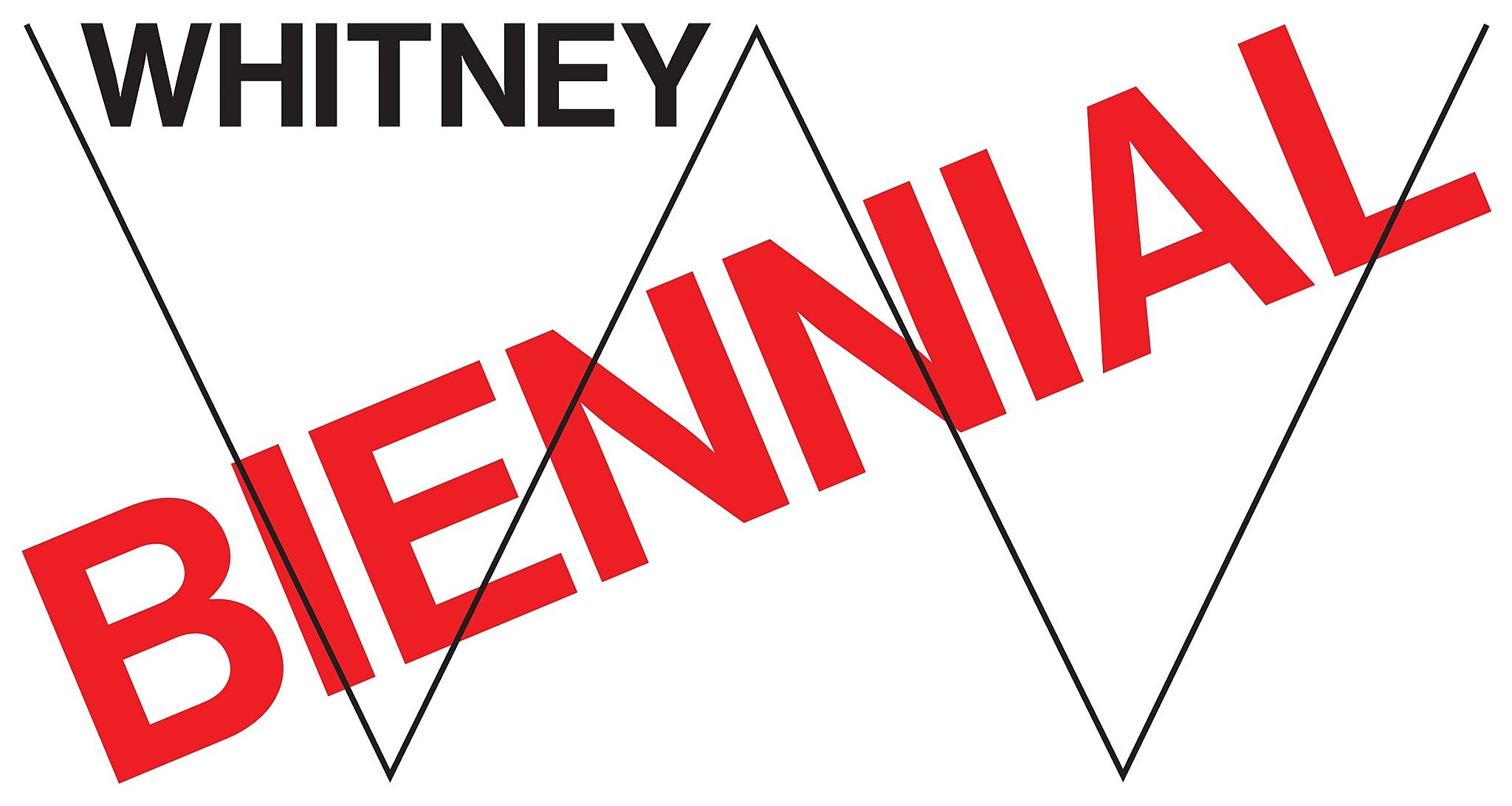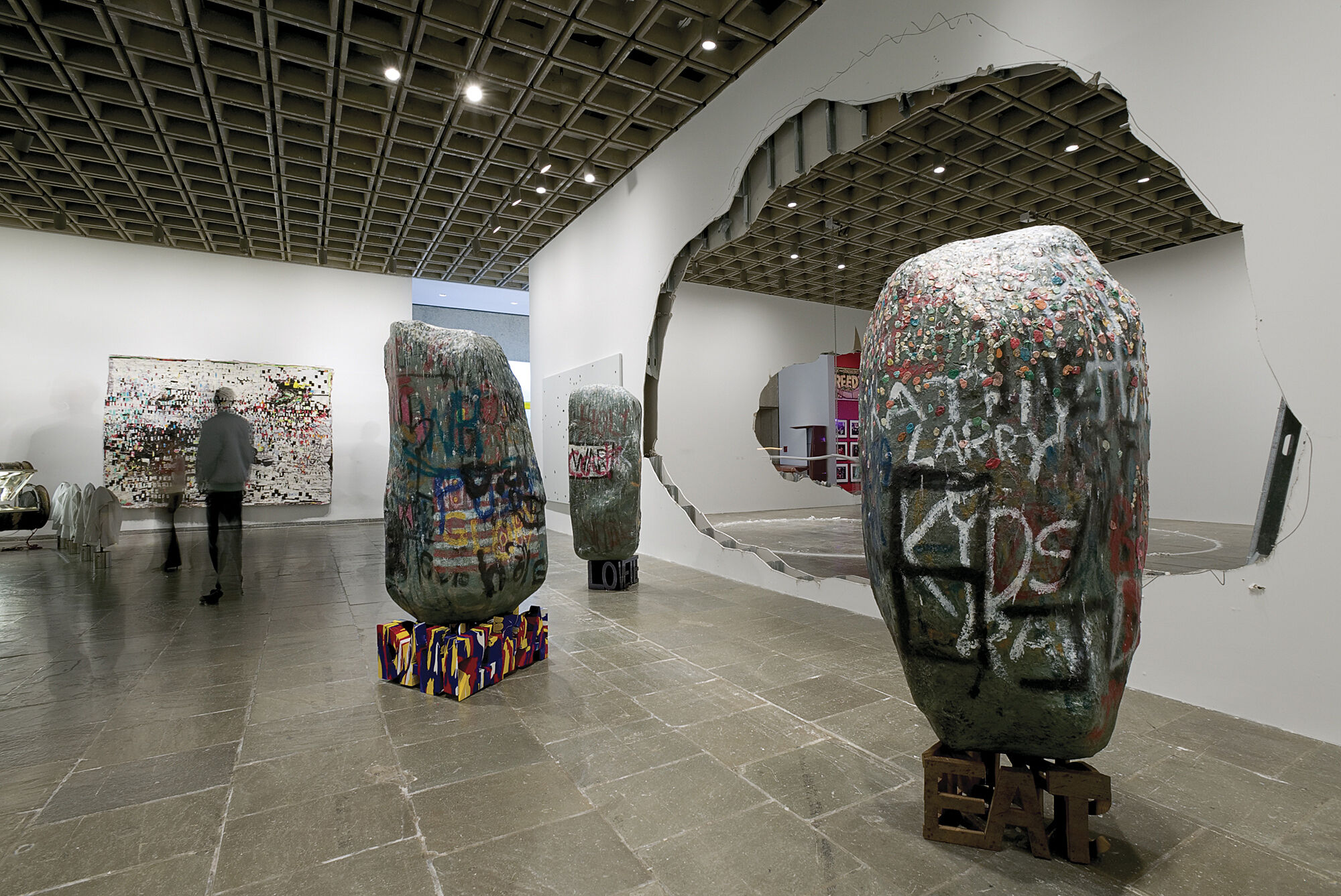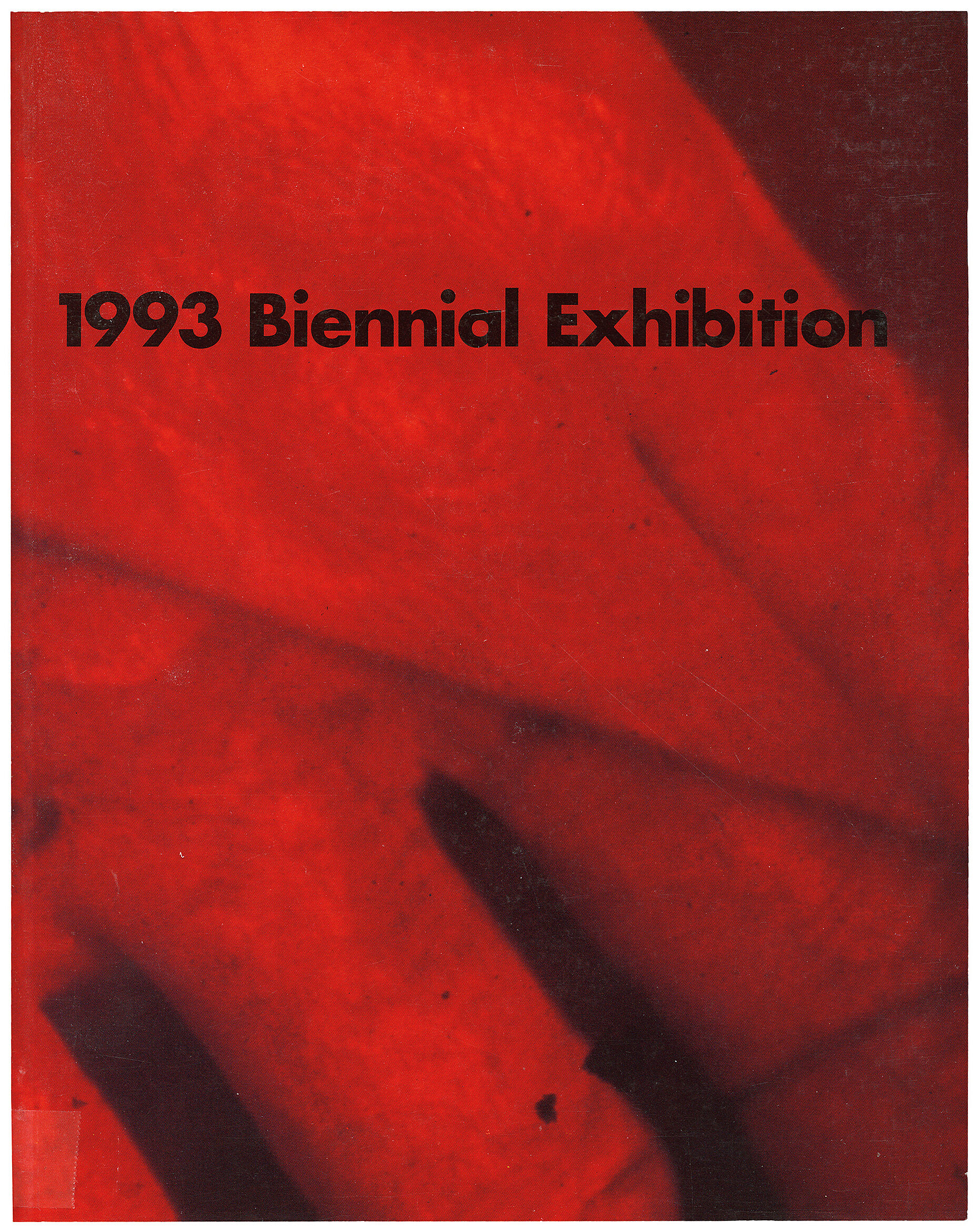Jimmie Durham
1940–2021
Artist Jimmie Durham, an American of Cherokee heritage, has worked as a sculptor, performer, essayist, and poet for more than thirty years. Durham was a political organizer for the American Indian Movement during the 1970s but by 1987 decided to live in self-imposed exile, settling first in Mexico and then, from 1994, in Europe (or “Eurasia,” as he prefers).
Many of Durham’s sculptures from the 1980s combine text with found and constructed elements. He implements this approach in Self-portrait to reveal how identity, the presumed subject of portraiture, oscillates between an individually determined sense of self and culturally predetermined categorizations. The work’s hybrid form features a canvas cutout that follows the contoured outline of the artist’s body. Durham painted the raw-edged shape brown and affixed a colorful wood head and penis onto the flat surface. Hung on an armature in front of the wall, the canvas becomes a space on which various handwritten inscriptions commingle. Durham adorns the body with self-affirming phrases (“I am basically light hearted,” “People like my poems”) and then undermines these with fragmented references to physical imperfections (“useless nipple,” “appendix scar”). He also poignantly calls the viewer’s attention to stereotyped assumptions about Native Americans (“My skin is not really this dark, but I am sure that many Indians have coppery skin,” “Mr. Durham has stated that he believes he has an addiction to alcohol, nicotine, caffeine, and does not sleep well”). While Durham’s unconventional self-portrait precludes a single understanding of the artist’s identity, it clearly articulates his wry and deeply critical understanding of self-referentiality in art.
Introduction
Jimmie Bob Durham (July 10, 1940 – November 17, 2021) was an American sculptor, essayist and poet. He was active in the United States in the civil rights movements of African Americans and Native Americans in the 1960s and 1970s, serving on the central council of the American Indian Movement (AIM). He returned to working at art while living in New York City. His work has been extensively exhibited. Durham also received the Günther-Peill-Preis (2003), the Foundation for Contemporary Arts Robert Rauschenberg Award (2017), and the 58th Venice Biennale's Golden Lion for lifetime achievement (2019).
He long claimed to be Cherokee but that claim has been denied by tribal representatives: "Durham is neither enrolled nor eligible for citizenship in any of the three federally-recognized and historical Cherokee Tribes: the Eastern Band of Cherokee Indians, the United Keetoowah Band of Cherokee Indians of Oklahoma, and the Cherokee Nation." He had "no known ties to any Cherokee community".
Wikidata identifier
Q445487
Information from Wikipedia, made available under the Creative Commons Attribution-ShareAlike License . Accessed December 23, 2025.
Introduction
While alive, Durham claimed to have Cherokee heritage. However, this was denied by Cherokee representatives, who stated that Durham had no known connection to any Cherokee community.
Roles
Artist, assemblage artist, author, painter, performance artist, photographer, poet, sculptor, video artist
ULAN identifier
500126643
Names
Jimmie Durham
Information from the Getty Research Institute's Union List of Artist Names ® (ULAN), made available under the ODC Attribution License. Accessed December 23, 2025.





